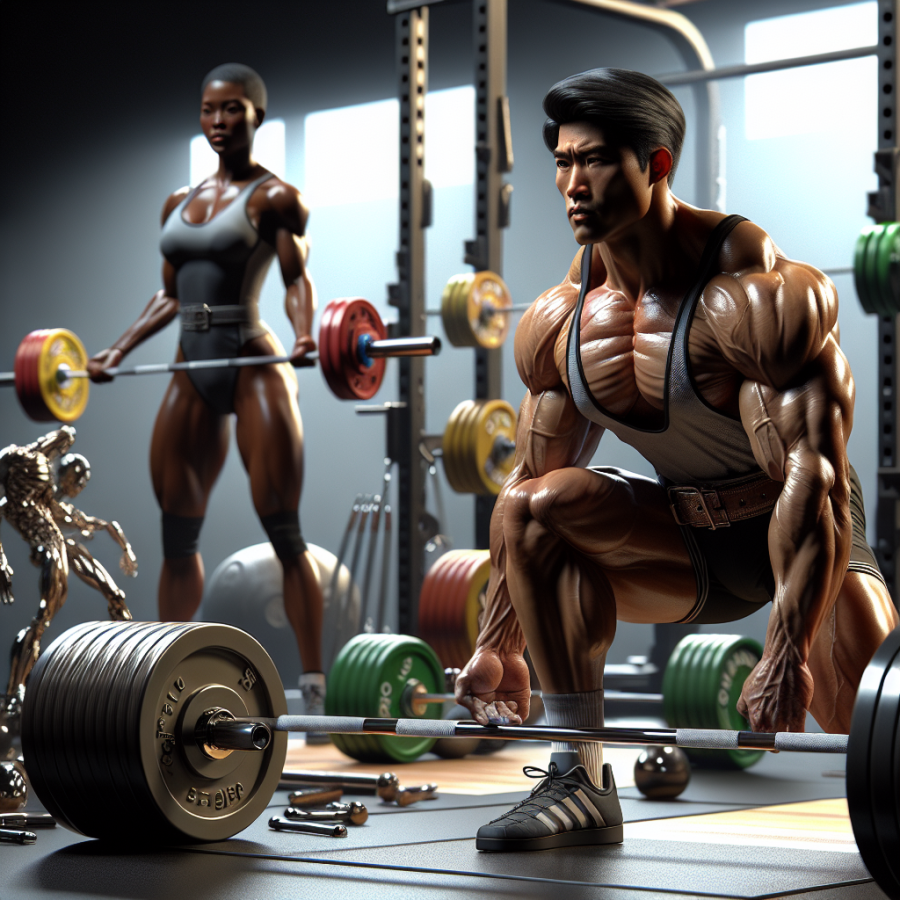Fueling Your Body Right: Nutrition and Recovery for Successful Powerlifting
Powerlifting is a demanding sport that requires stringent training and meticulous dietary planning. It's not just about lifting weights, but also about planning your meals, evaluating your energy needs, controlling your weight, and ensuring optimum recovery after each training session. To reach peak physical condition, you need to focus on two closely connected components of your overall training regime: nutrition and recovery.
Nutrition is critical because it fuels the body, supporting the physical demands of intensive powerlifting training. A well-rounded nutrition strategy helps in muscle recovery, prevents injuries, and aids in enhancing overall performance.
Determining the appropriate caloric intake is the first step towards propelling your strength training regimen. To estimate the amount of calories needed, you would need to factor in your age, sex, weight, training intensity, and overall lifestyle. High-quality proteins, complex carbohydrates, and healthy fats are all essential components of a powerlifter's diet.
Proteins help repair damaged muscle tissues while also promoting their growth. Consuming a protein-rich diet can improve your body composition and increase muscle mass, both essential for powerlifting. Lean meats, eggs, and dairy products are excellent protein sources.
Complex carbohydrates are the primary energy source for high-intensity activities like powerlifting. Nutrient-dense carbs like whole grains, fruits, and starchy vegetables are a must-have in a powerlifter's diet to provide sustained energy throughout the training session.
Healthy fats should not be overlooked either. They play an essential role in hormonal regulation and reducing inflammation from intense training, leading to faster recovery times. Foods high in unsaturated fats such as avocados, nuts and seeds, and fatty fish can be incorporated into your diet.
Supplements may also prove helpful for powerlifters. Creatine, beta-alanine, and natural testosterone boosters can maximize performance and recovery. It's important to remember that supplements are not a replacement for a balanced diet but a tool to enhance your nutritional intake.
Hydration is also a critical aspect of nutrition often overlooked by powerlifters. Remaining hydrated is important not just during your training but throughout the day. Water aids in digestion, nutrient absorption, muscle recovery, and maintaining body temperature, making it vital to drink plenty of fluids regularly.
While adequate nutrition fuels your powerlifting training sessions and competitions, optimal recovery is equally crucial for consistent performance. Your muscles need sufficient rest to repair the damage caused by intense training.
Read also:
The Evolution and Impact of NASCAR on American Sports Culture
Mastering the Basic Powerlifting Movements: Bench Press, Squat, and Deadlift
Powerlifting is a strength sport that consists of three attempts at maximal weight on three lifts: squat, bench press, and deadlift. It's not just about brute force, it also involves the right technique and understanding of the essential movements. So, we are going to delve into the basic powerlifting movements - the bench press, the squat, and the deadlift.
Starting with the bench press, this is a lift that primarily targets the muscles in your chest, shoulders, and triceps. The proper form involves lying flat on your back on a bench, with your feet planted firmly on the ground. Grab the barbell with a grip that’s just slightly wider than shoulder width, and lower it to your chest in a controlled motion. When the barbell touches your chest, press it back up until your arms are fully extended. Remember to maintain a natural arch in your back, keeping your shoulder blades retracted to engage the right muscles and protect your shoulders from any potential injuries.
Moving onto the squat, this is a powerful lift that works out your entire lower body and core. Begin by placing the barbell on your upper back, just below the base of your neck. Engage your core as you squat down, keeping your chest and head up, and your back straight. The key is to squat down until your hips are parallel with, or go below your knees. Drive your heels into the ground and engage your glutes, hamstrings and quadriceps to power you back up into standing position. This challenging move not only tests your strength but also your balance and flexibility.
Lastly, we have the deadlift, which is essential for building overall body strength. To begin your deadlift, stand with your feet hip-width apart and position the barbell over the mid part of your feet. Bend at your hips and knees, grasp the bar with a shoulder-width grip and lift it by standing up and pulling your hips forward. Keep your back straight as you pull the bar up and push through your heels all while keeping the bar as close to your body as possible. Once the bar passes your knees, pull your shoulder blades back and imagine pushing your hips into the bar. Remember to lower the bar by bending at the hips and guiding it to the floor.
Each of these movements requires proper form and discipline to execute safely and effectively. Remember to start with a weight that you can comfortably handle and gradually work your way up as you gain strength and confidence.




